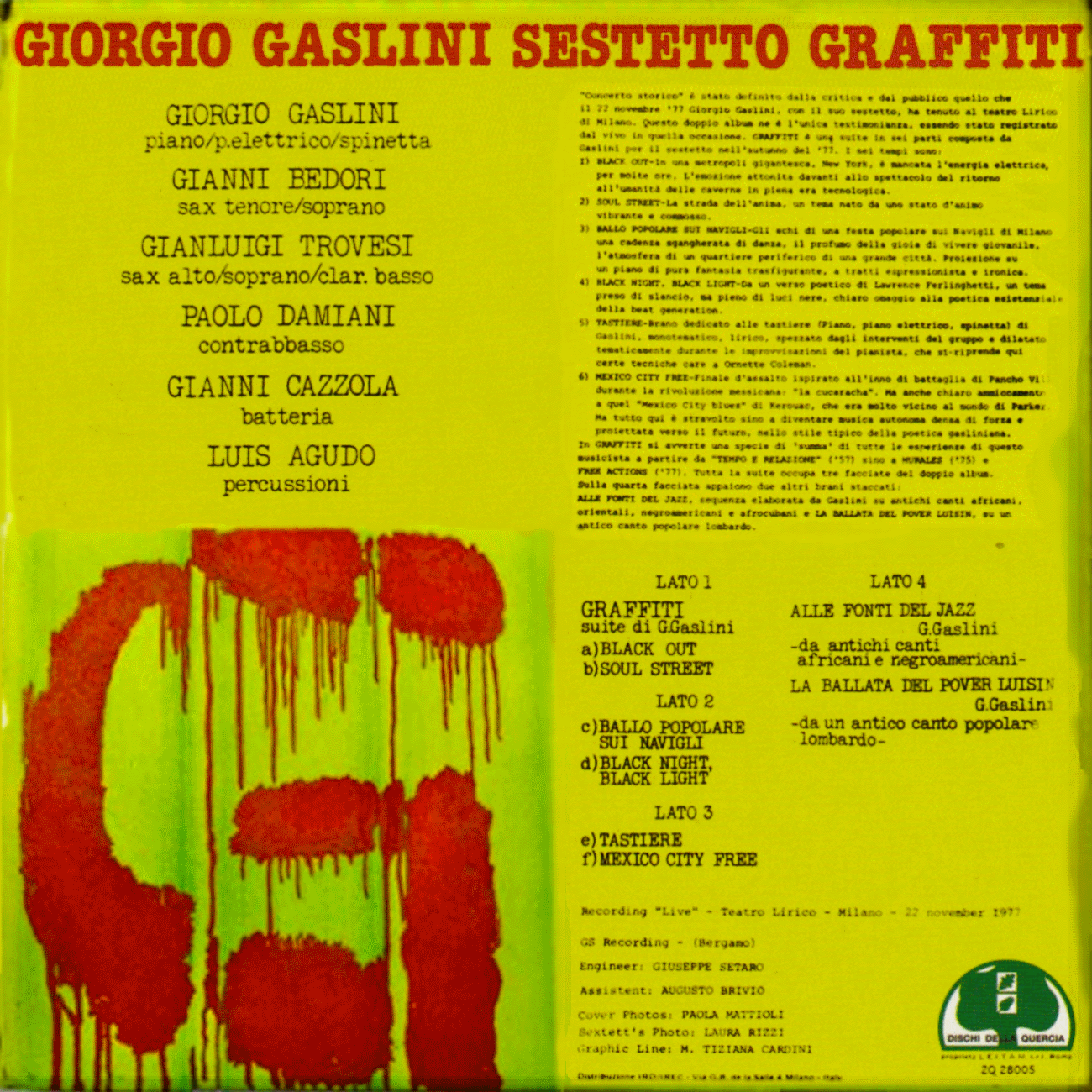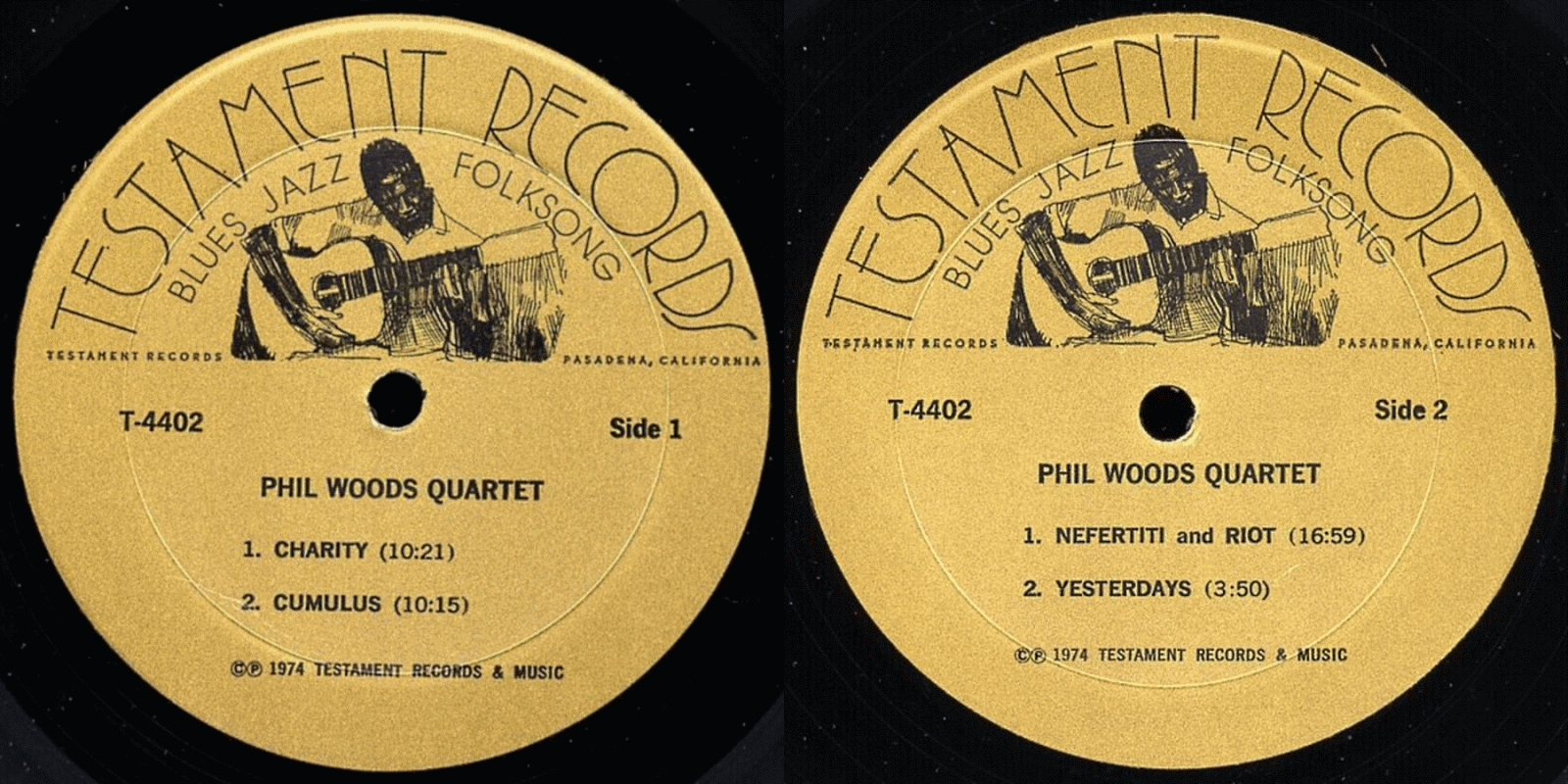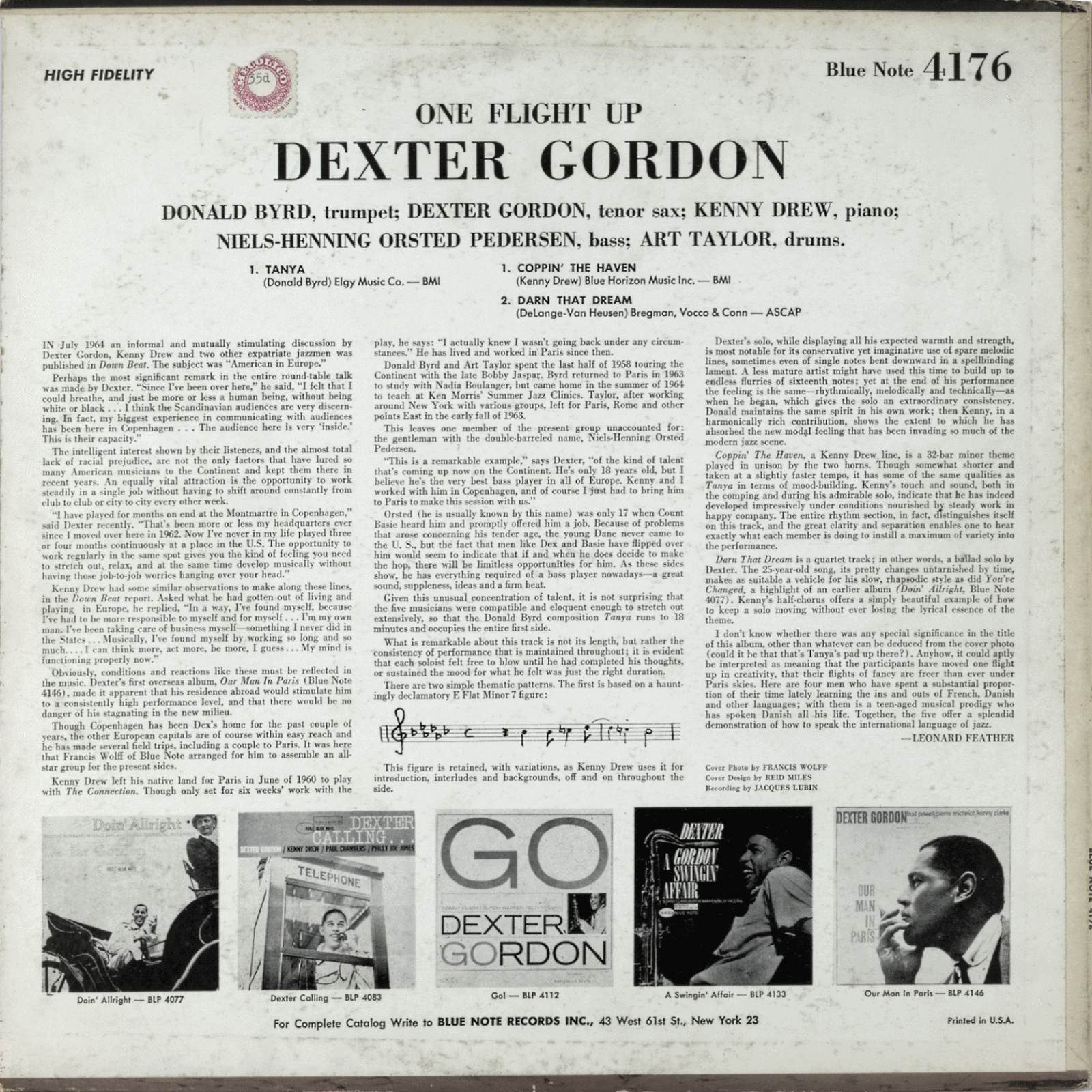Label:
Dischi Della Quercia – 2Q 28005
Format:
2 × Vinyl, LP, Album / Country: Italy / Released: 1978
Style:
Free Jazz, Contemporary Jazz, Free Improvisation, Avant-garde
Recorded at:
Live al Teatro Lirico di Milano il 22 novembre 1977.
Engineer:
Giuseppe Setaro
Cover
Photos: Paola Mattioli
Sextett
Photo: Laura Rizzi
G
r a f f i t i
A1
- Black Out ........................................ 9:54
A2
- Soul Street ....................................... 7:58
B1
- Ballo Popolare Sui Navigli .............. 5:42
B2
- Black Night, Black Light ............... 12:25
C1
– Tastiere .......................................... 12:05
C2
- Mexico City Free ............................. 9:22
-
D1
- Alle Fonti Del Jazz .......................... 8:15
D2
- La Ballata Del Pover Luisin ............ 8:47
Giorgio
Gaslini – piano, electric piano, spinetta
Gianni
Bedori – tenore and soprano sax
Gianluigi
Trovesi – alto and soprano sax, bass clarinet
Paolo
Damiani – double-bass
Gianni
Cazzola – drums
Luis
Agudo – percussions
In
1960 Gaslini wrote and recorded the music for Michelangelo Antonioni’s
masterpiece La Notte. Five years later he made a record called Nuovi Sentimenti
(New Feelings), with a band including Don Cherry, Steve Lacy, Gato Barbieri,
two bassists and two drummers: an early example of a European musician
embracing the avant garde. Since then he has written and recorded music in just
about every conceivable format, from solos and duos through a regular quartet
that featured the fine Italian tenorist Gianni Bedori, to quintets, sextets,
septets, octets and many kinds of large
ensemble; he has composed jazz pieces for his own big band and the Italian
Instabile Orchestra, symphonies, choral pieces, ballet scores, and an opera
called Colloquio per Malcolm X.
Gianluigi Trovesi
...However,
the most fully realised music is contained on the two albums devoted to a
sextet he led in the late ’70s, with Bedori on tenor and soprano saxes,
Gianluigi Trovesi on alto and soprano sax and bass clarinet, Paolo Damiani on
double bass, Gianni Cazzola on drums and Luis Agudo on percussion. The first of
them, dating from 1977, is called Free Actions and sounds today as fresh and
compelling as any post-Coltrane jazz that was being played anywhere in the
world at the time. Better than that: anyone listening to the brilliantly
imaginative solos of Bedori and Trovesi
against an active, hard-swinging ostinato figure during the fifth and final
movement of the suite from which the album takes its name might well find
themselves thinking of the current Wayne Shorter Quartet, and concluding that
the Italians are not shamed by such an exalted comparison, even though they
were making their music almost three and a half decades ago.
The
second sextet album, Graffiti, was recorded live in Milan the following year
and is equally as good. Again it’s a suite, and one of the movements — called
“Soul Street” — brilliantly captures the spirit of the Charles Mingus of East
Coasting and Jazz Portraits. It’s also in this track that Gaslini’s piano solo
demonstrates how well he can blend the free with the funky. Once again Bedori
and Trovesi are outstanding throughout, while Damiani’s sinewy bass lines
remind me of his British contemporary, the late, lamented Jeff Clyne...
My
favorite album for this month. Enjoy!
If
you find it, buy this album!
























.jpg)



























